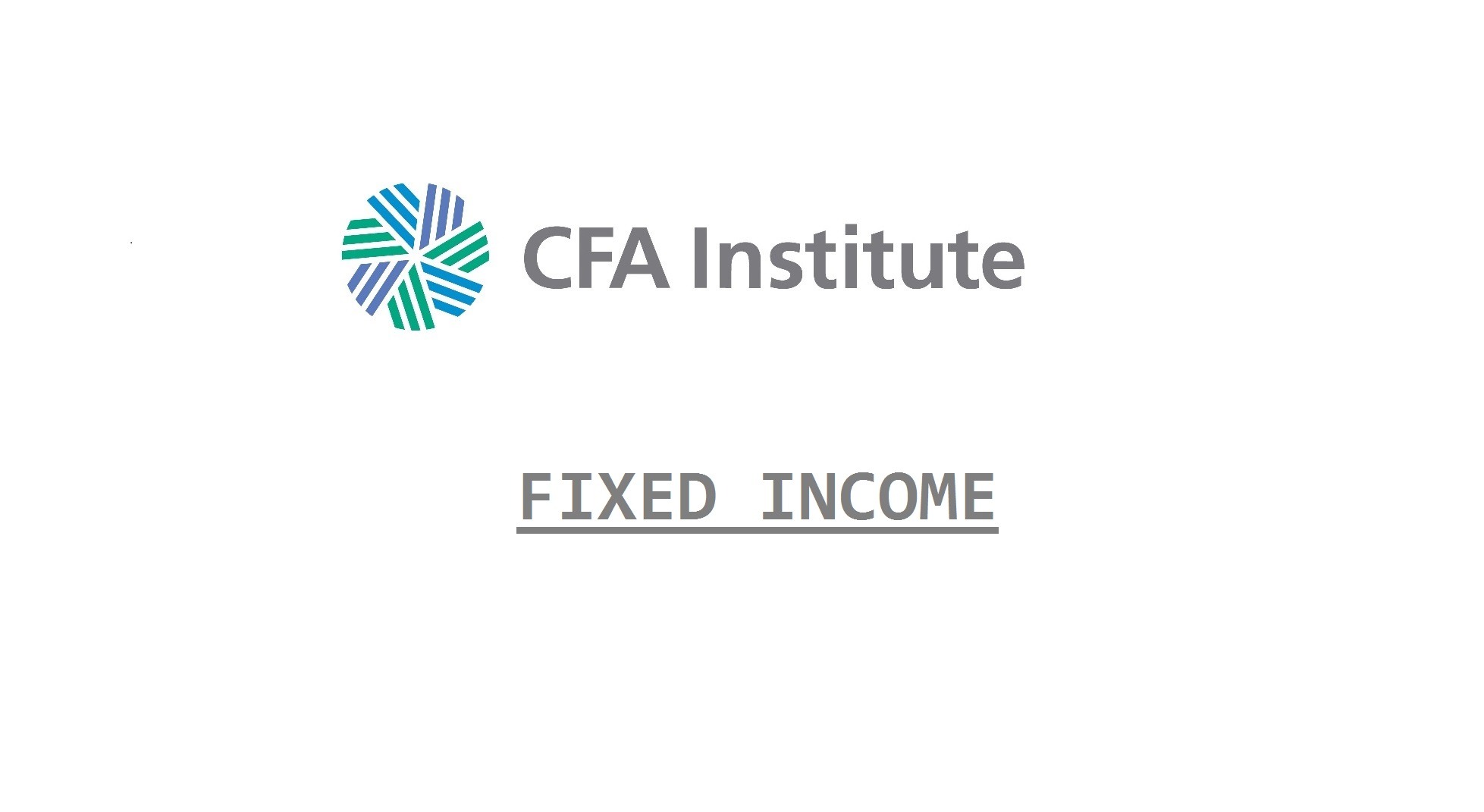When interest rate volatility increases, both call and put options rise, as volatility increases the chance of the options being exercised.
The underlying straight bond is not effected by rate volatility, it only changes in price when actual rates change.
Based on the value of an option bond equation, interest rate volatility increasing will increase the value of a putable bond but decrease the value of a callable bond.
In terms of the yield curve level, when rates are declining, the value of a callable bond will rise slower than the straight bond as it has a capped upside.
For a putable bond, when rates are rising the value of the putable bond will fall slower than a straight bond as the potential loss is capped.
Call option value is inversely related to the level of interest rates, while put option value varies directly with the level of interest rates.
When the yield curve is upward sloping, the value of a call option will be lower. The probability of the call option being exercised is less and less if rates are expected to rise. As an upward-sloping yield curve becomes flatter, the call option value increases.
The value of a put option increases with interest rates. When the yield curve is upward sloping, the probability of the put option going in the money is higher. Put option value therefore declines as an upward-sloping yield curve flattens.
